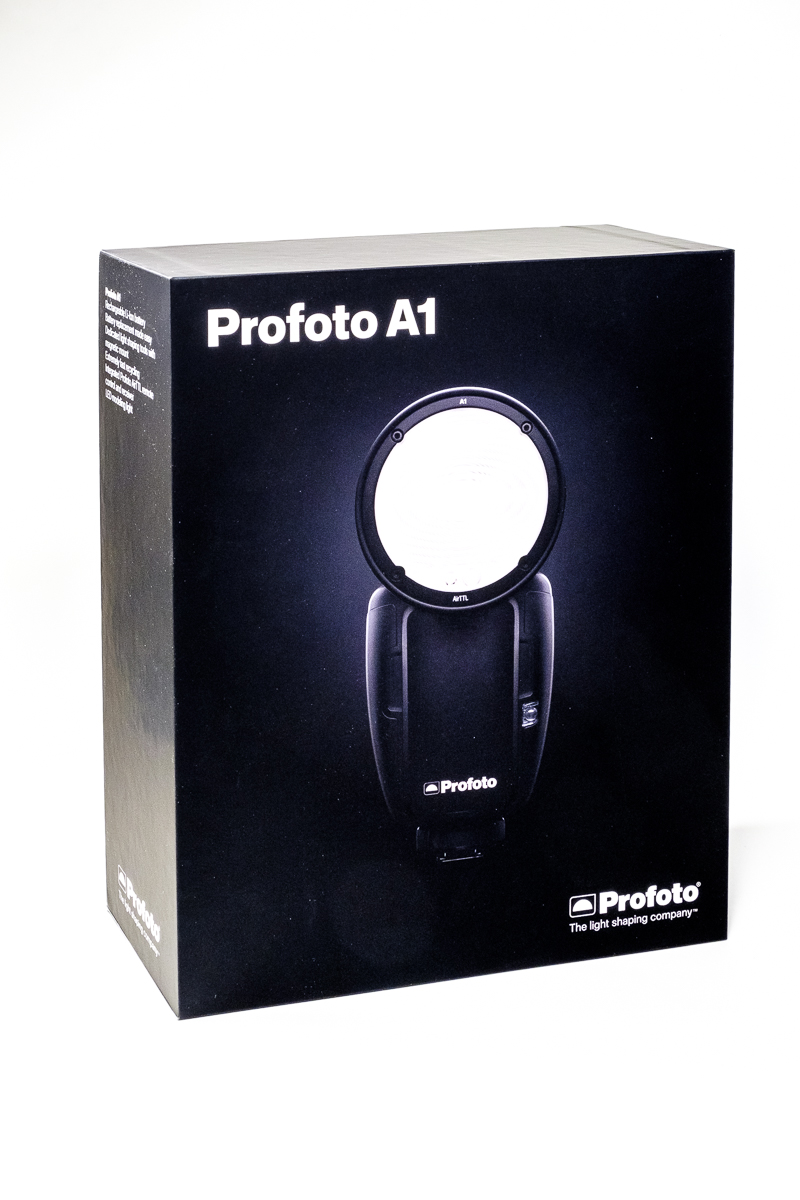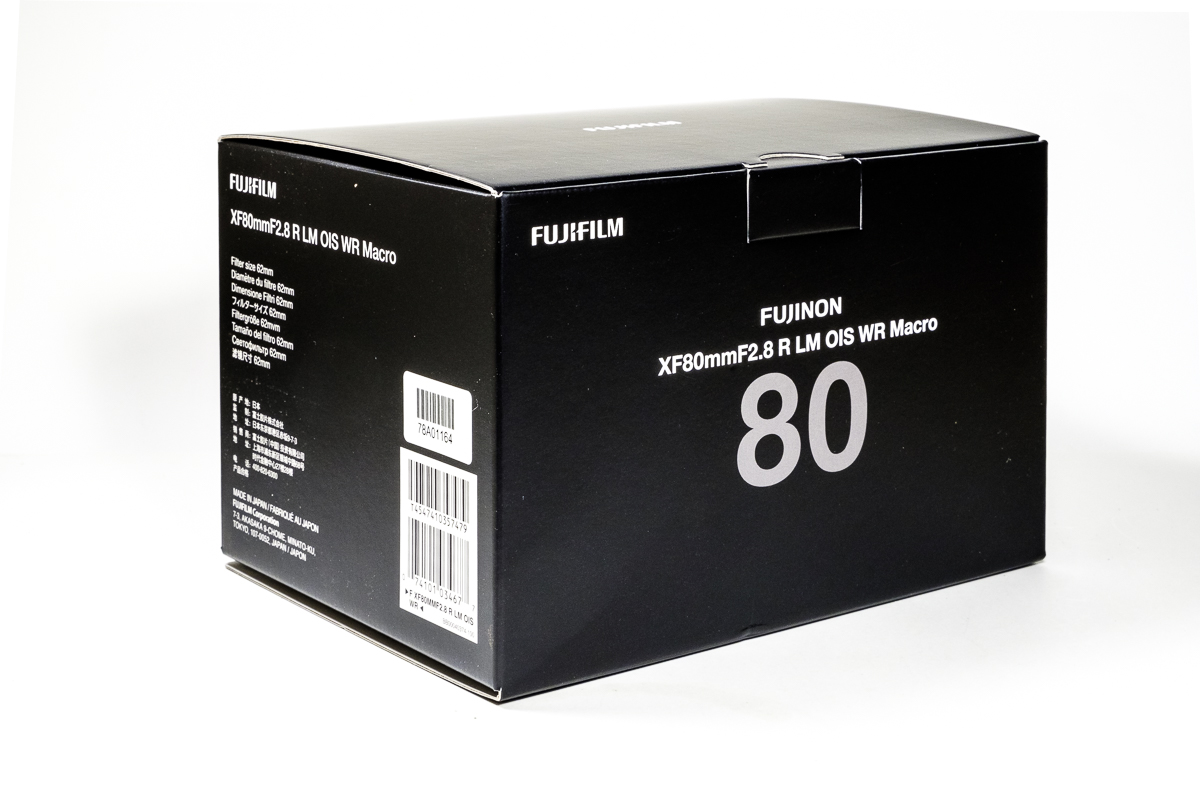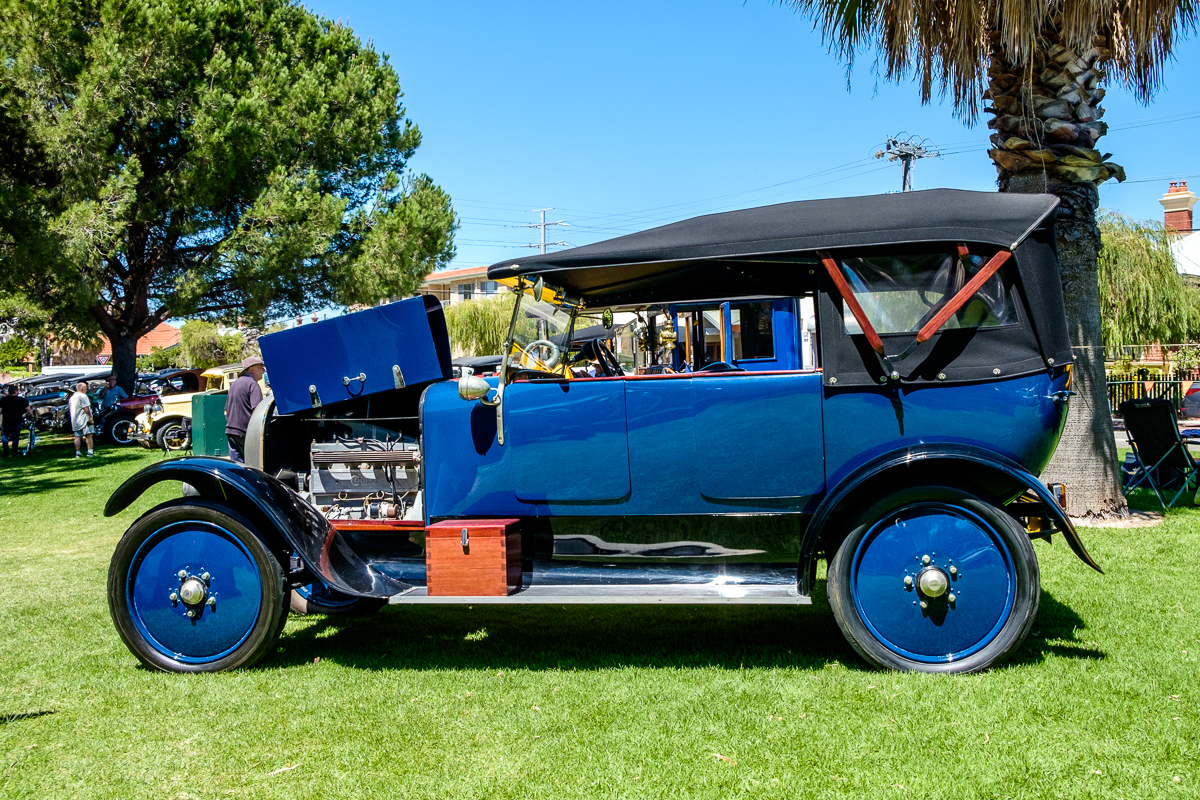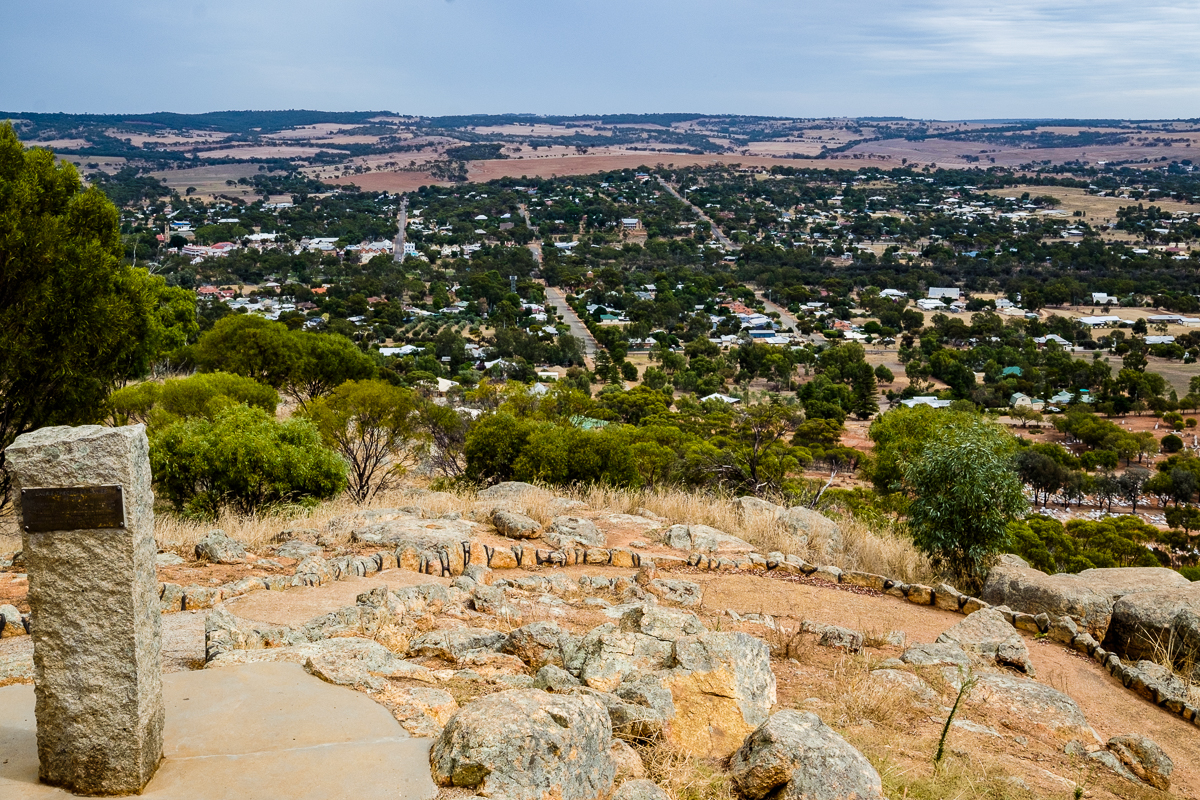05 Apr All Or Nothing – A Modest Proposal
There are two photographers who have it taped - who will be able to succeed with any assignment, any project, any inspiration. They are: a. The person who has every single lens ever made for their camera. b. The person who has only one lens. Everyone else will...












